In Part 1 of Dangers of Dry Food, I told you about some of the main ingredients in dry food — the “meals.” They might be a named meat meal like chicken or turkey, a by-product meal or the hodge-podge of ingredients in meat and bone meal, each one less desirable than the one before.
Other Ingredients in Dry Pet Food
In addition to the meat meals, there are various grain and soybean meals used in making dry food. Generally speaking, the lower the price of the finished product the more likely it is that it is high in grain products and lower quality meat meals. Although price is not a guarantee, you can see that a manufacturer could not afford to sell a product for a low price and make it with a high-quality, more expensive protein.
The Process
The most common process for making dry cat and dog food is through extrusion. The machines used for this were adapted from machines originally used to make puffed breakfast cereal.
The manufacturers “recipe,” which usually contains a mixture of meat and grain meals as well as antioxidants (preservatives), is made into a wet dough. It is pre-heated then goes into the extruder where it is cooked at extreme heat and pressure. At the open end of the extruder, the dough passes through a shaping die and is cut off by a knife into small pieces. These pieces rapidly expand into kibble once they are exposed to normal air pressure.
How They Make it Palatable and Nutritious
Kibble is then dried in an oven until its moisture content is low 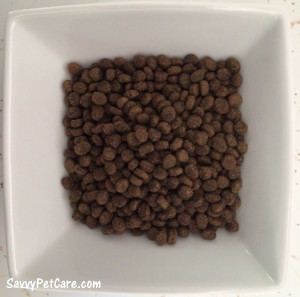 enough to make it shelf stable. Once dry and cool, the kibble goes into a drum where it is sprayed with fats and a “flavor enhancer,” without which, your pet would probably not touch the kibble. This enhancer is “animal digest,” another rendered product. Due to these additives, kibble only has a shelf life of 10-12 months, even less if the manufacturer used natural preservatives like vitamin E and C. These enhancers can easily become contaminated with salmonella as many recalls and human illnesses have proven.
enough to make it shelf stable. Once dry and cool, the kibble goes into a drum where it is sprayed with fats and a “flavor enhancer,” without which, your pet would probably not touch the kibble. This enhancer is “animal digest,” another rendered product. Due to these additives, kibble only has a shelf life of 10-12 months, even less if the manufacturer used natural preservatives like vitamin E and C. These enhancers can easily become contaminated with salmonella as many recalls and human illnesses have proven.
To make pet food nutritious, manufacturers must “fortify” it with vitamins and minerals because the quality of the ingredients they are using are often extremely variable and the harsh manufacturing processes destroy many of the nutrients the food had in the first place.
How Processing Damages the Already Low Quality Ingredients
Proteins are especially vulnerable to heat, and become damaged, or “denatured,” when cooked. Because dry foods ingredients are cooked twice — first during rendering and again in the extruder — problems are much more common than with canned or homemade foods. Altered proteins may contribute to food intolerances, food allergies, and inflammatory bowel disease.¹
Enzymes are special proteins that aid in thousands of chemical reactions in the body. They are especially fragile to heat and are destroyed at even relatively low temperatures. The normal food enzymes that would help digest the food are destroyed by the heat processing that dry food undergoes. This forces the pancreas to make up for those lost enzymes. Over time, the pancreas can become stressed and enlarged, and even get pushed into life-threatening pancreatitis.²
The Potential Dangers of Feeding Dry Pet Food
Feeding pets dry kibble may seem convenient, but it can pose significant health risks over time. Kibble is often highly processed and made with low-quality ingredients, including fillers and artificial additives, which lack essential nutrients. Its low moisture content can lead to chronic dehydration, stressing the kidneys and urinary tract, particularly in cats. Additionally, the high carbohydrate levels in kibble contribute to obesity and related diseases like diabetes. Contrary to popular belief, kibble does little to improve dental health, as it can leave behind residues that promote plaque and tartar buildup. These factors make it essential for pet owners to consider healthier, more natural dietary options to support their pets’ long-term well-being.
What You Can Do
- Read your labels carefully
- If you must feed dry, be sure to use it before the expiration date
- Practice safe food handling
- Try feeding canned, homemade or raw
Read More
- ¹Get the Facts: What’s Really in Pet Food
- ²10 Reasons Why Dry Food Is Bad for Cats & Dogs
- How Products are Made: Pet Food
- How Dry Pet Food is Made
- How Are Dry Pet Foods Made?
- Excuse me, Myth?




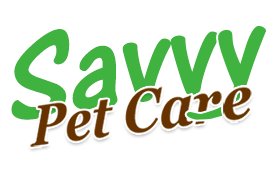
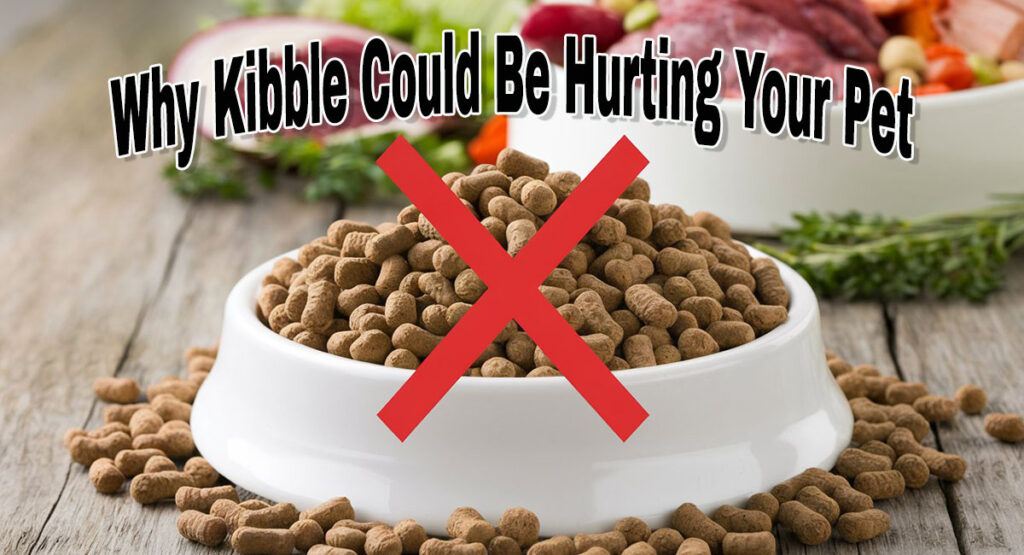
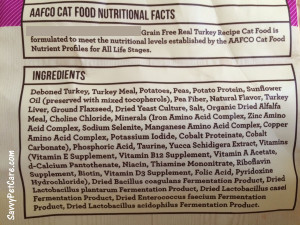
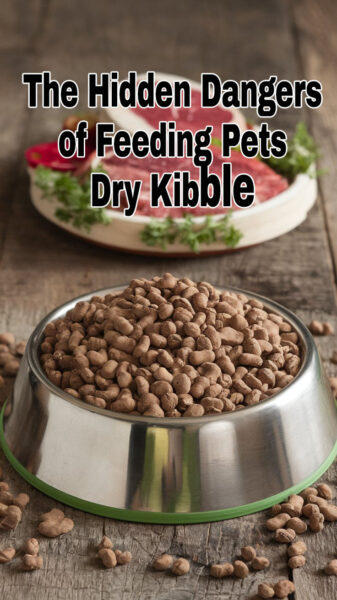

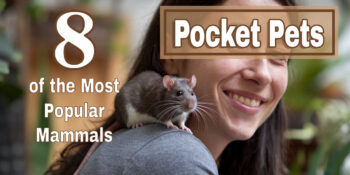
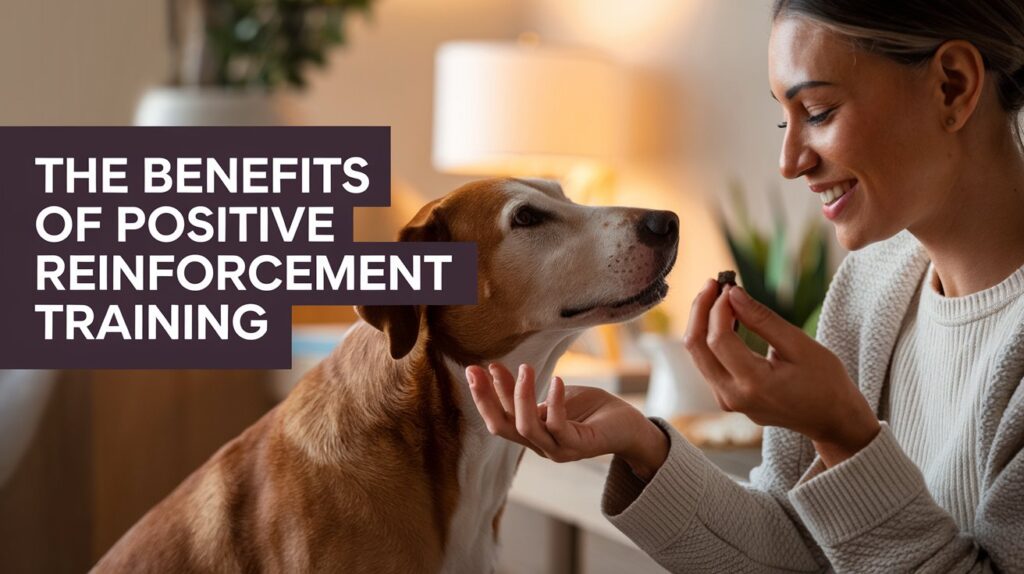

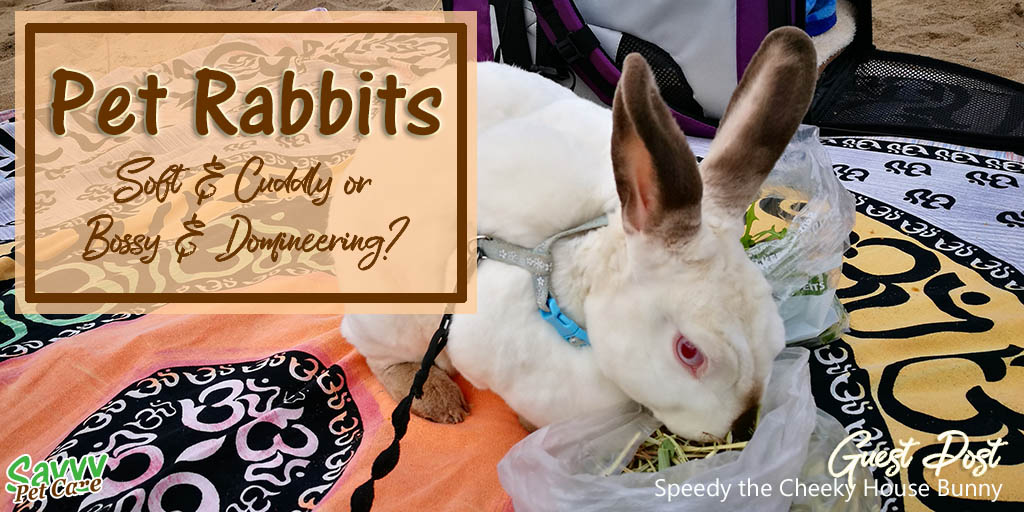
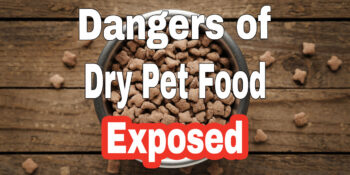
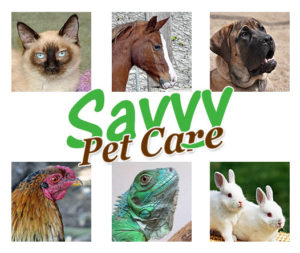
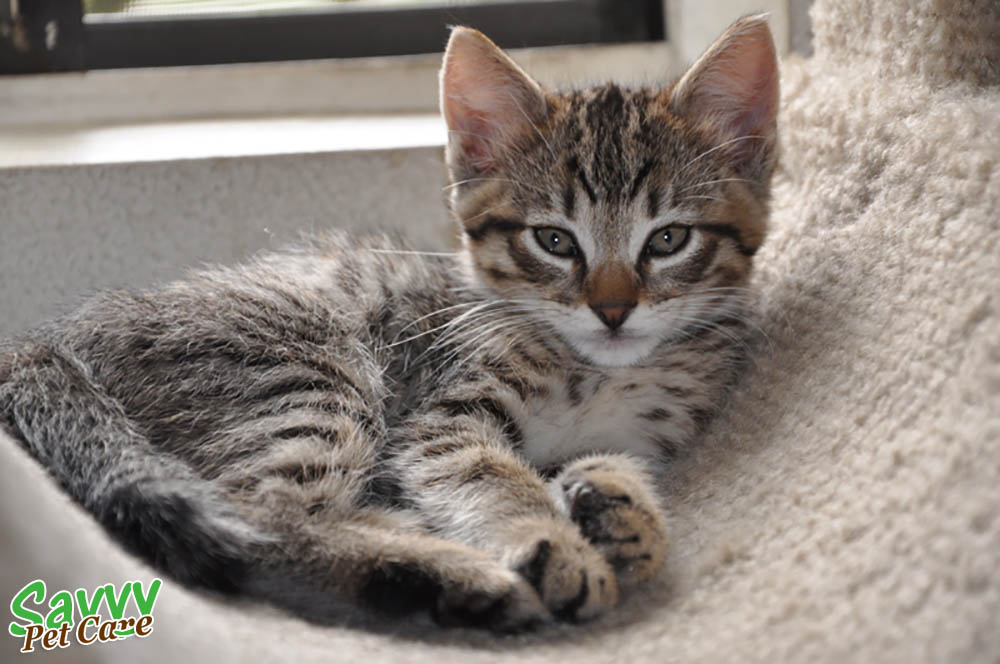



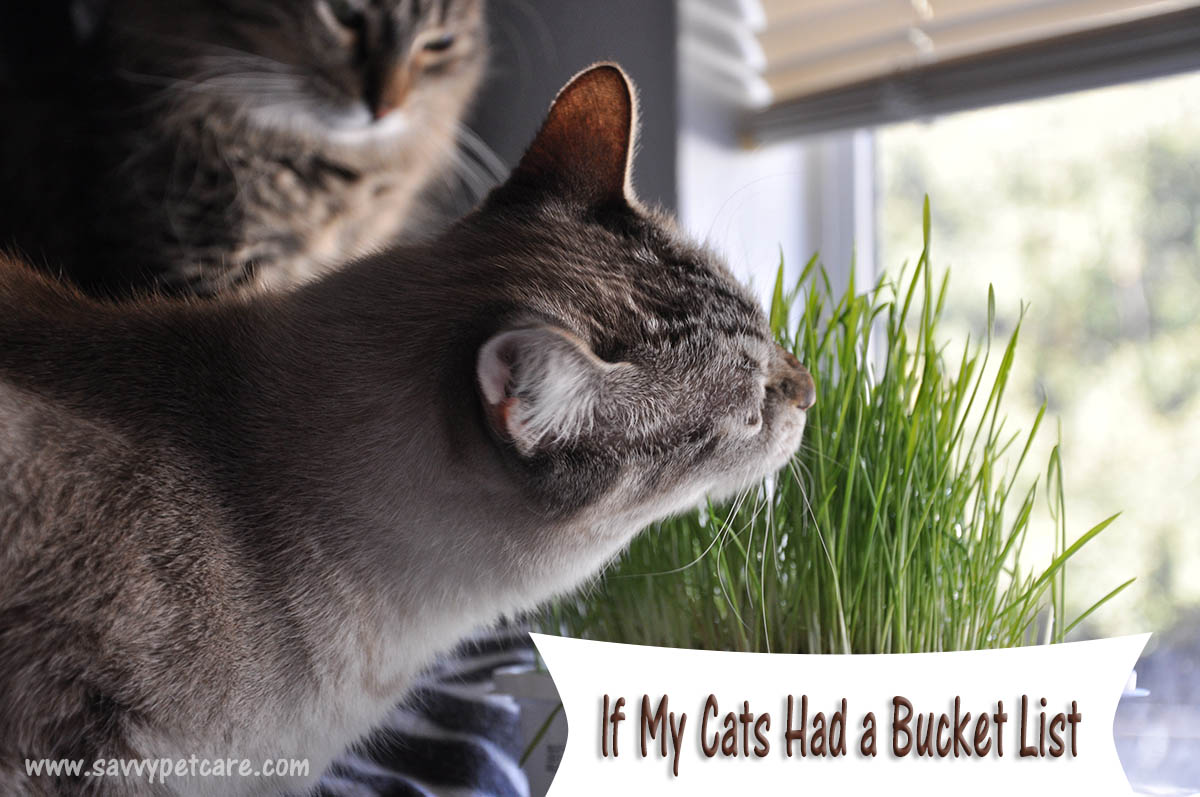
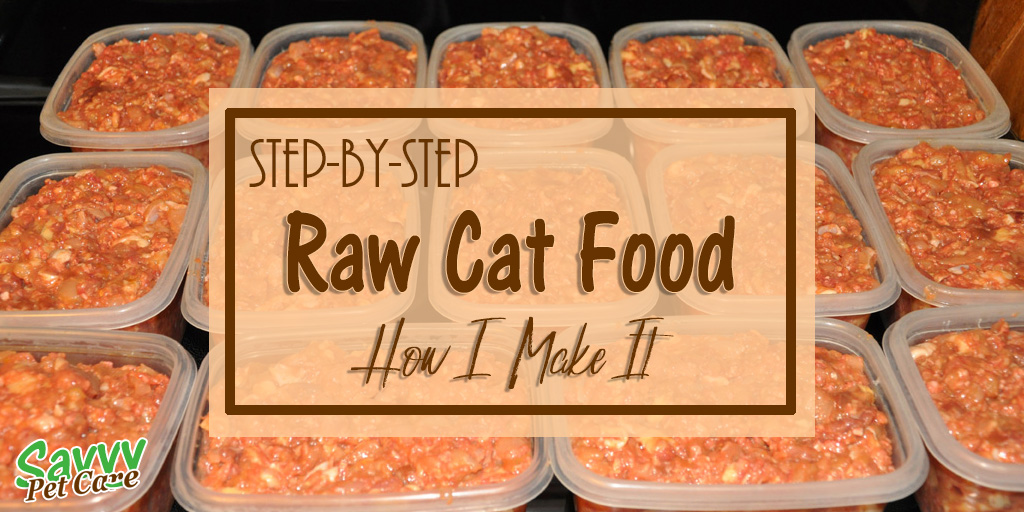
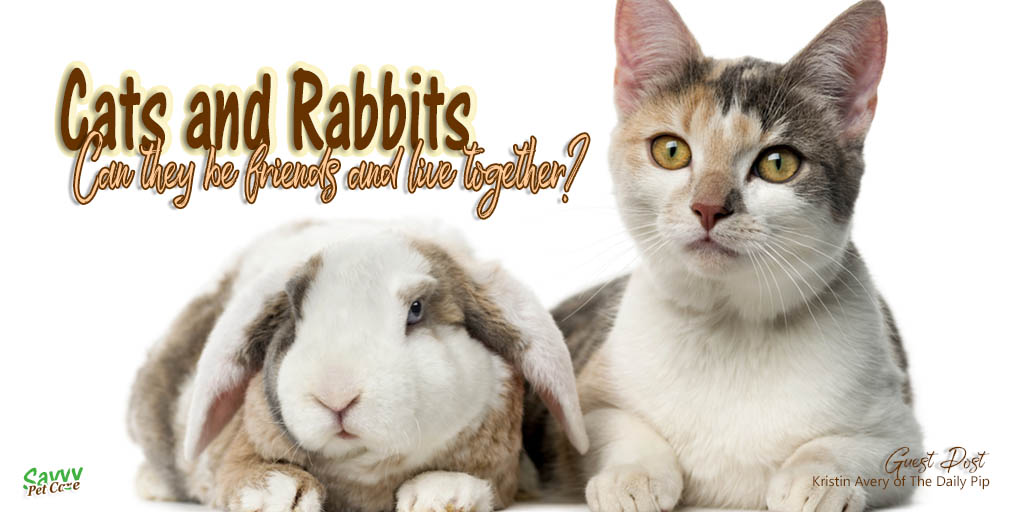
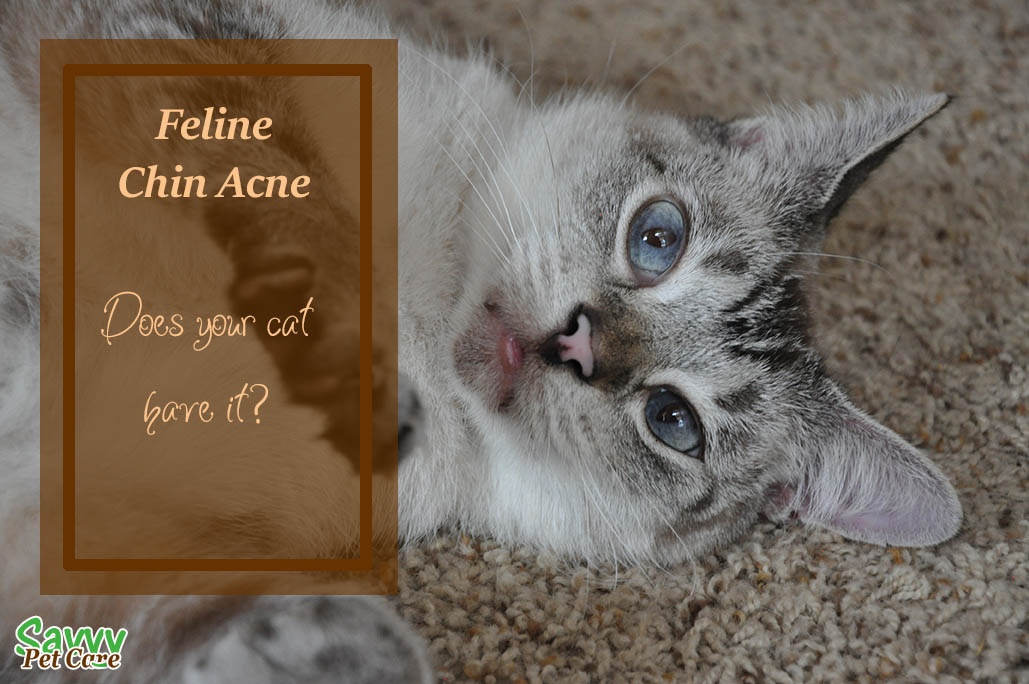
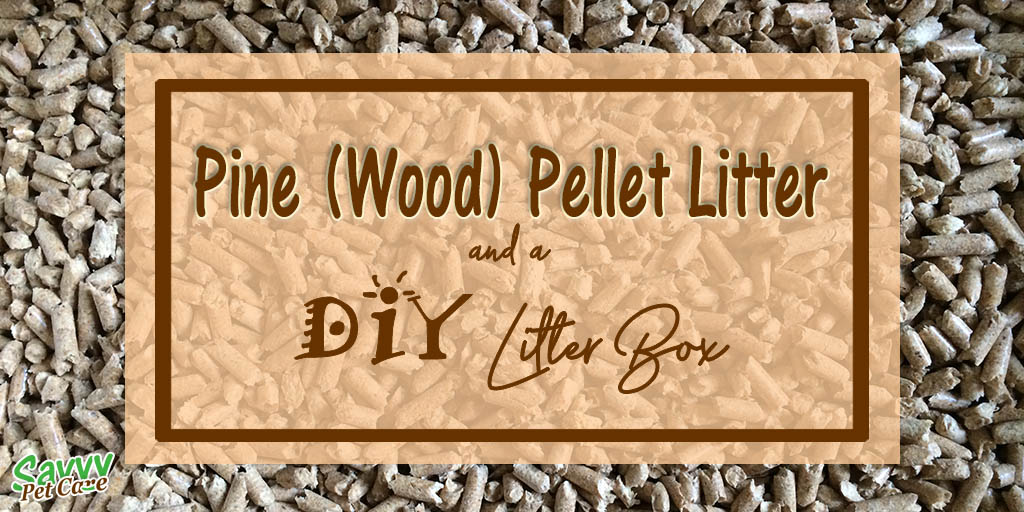

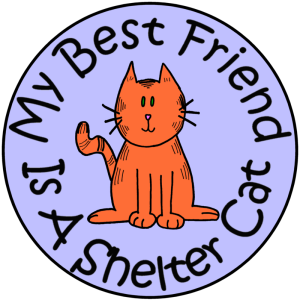
Hello! So…is there not one single dry food out there worth trying? I know you mentioned to check the label, but I was curious if there was a kind you liked. I have cats and they love their kibble. The get 1/3rd cup daily at the most but I’d hate to think of them being in discomfort. I DO like dry food because I heard to helps to clean their teeth.
Thanks for stopping by, Leilani! If you really want to feed your cats a little dry food, all I can say is read labels and find one that has good quality protein and no fillers or grain. I don’t feed my cats dry, although I did when we had to evacuate due to the recent forest fire here, and it took me a good long time reading labels to decide what to buy. Several manufacturers are trying to step up their game, but dry food by its nature is just not good for cats. It is a myth that it cleans their teeth. Their teeth are designed for tearing, not chewing, and when they do, it actually forces food down around their gums.